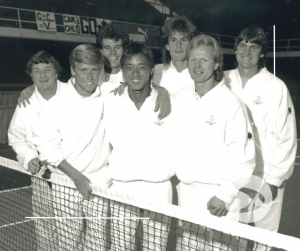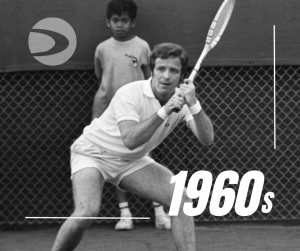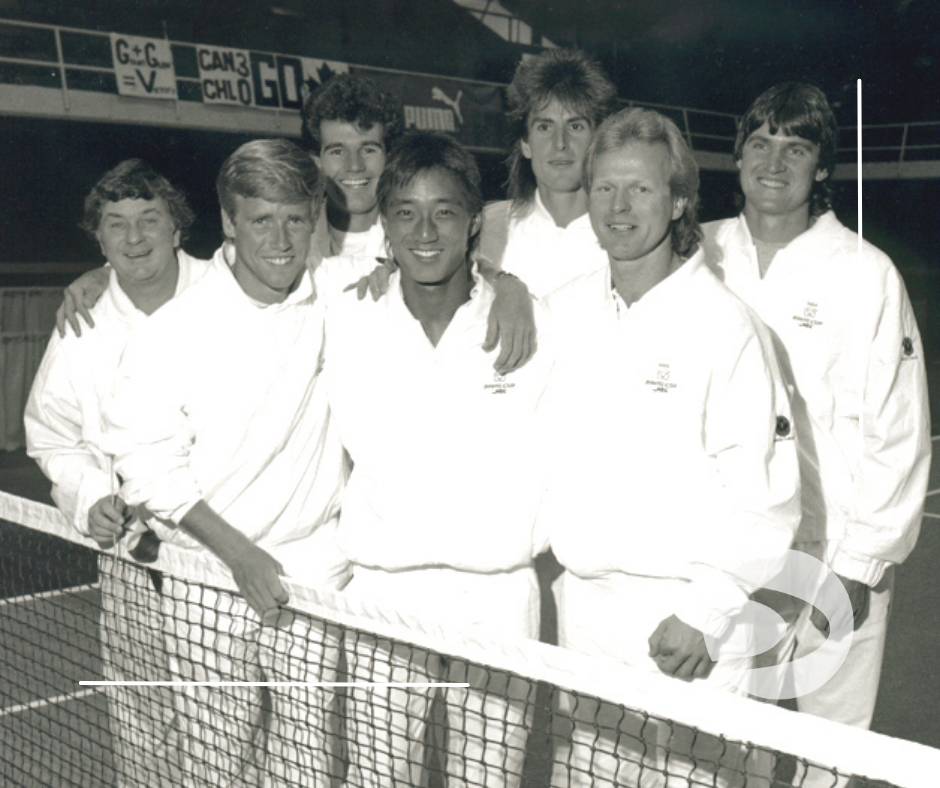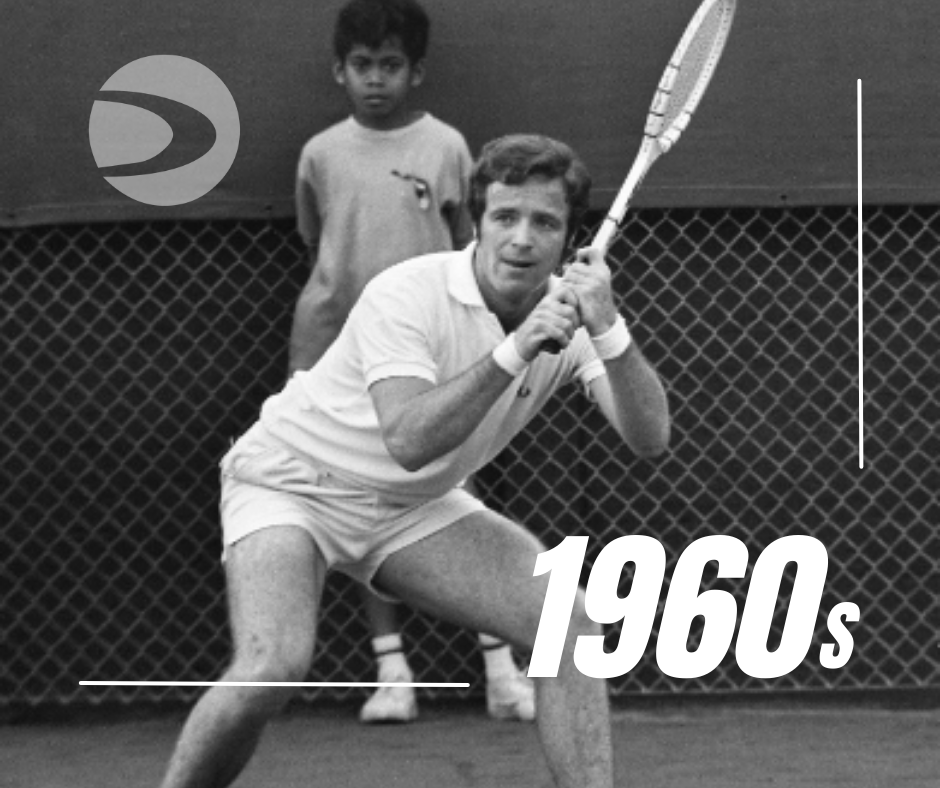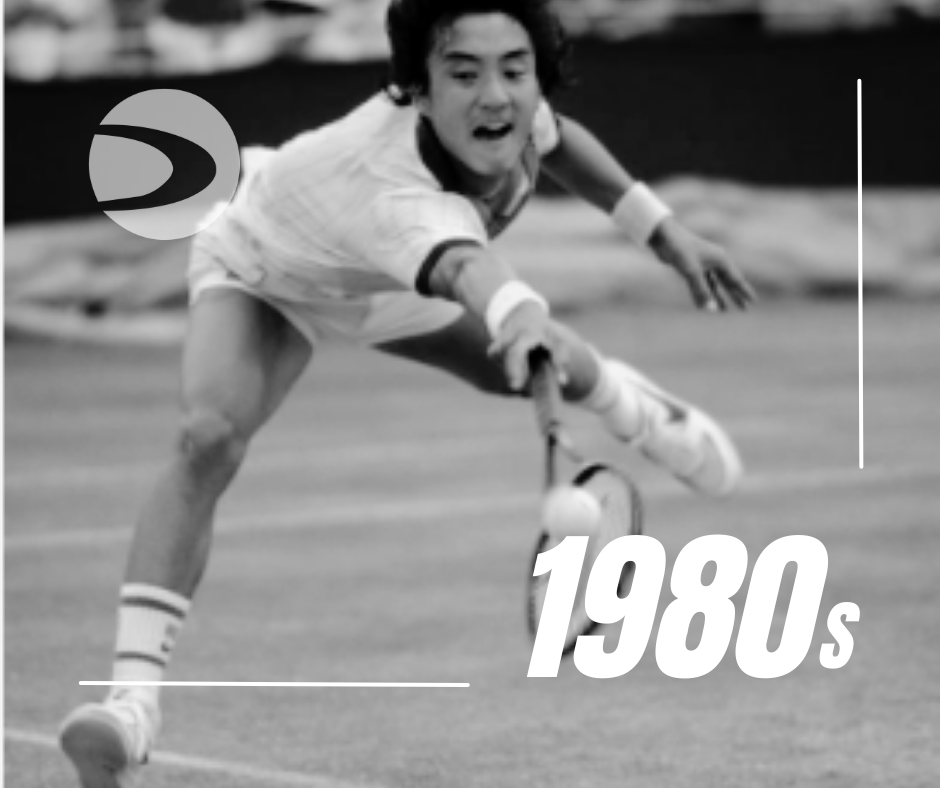
By now it has been well established, that the majority of points in men’s professional tennis are shorter than 4 total shots, or 2 per player. Yet the most exciting spectacle in a tennis match is the extended rally, with players exchanging groundstrokes, battling for court position, and looking to exploit any small opening to gain the upper hand. Unreturned serves might be more common, but the long points earn the standing ovations and make the highlight reels.
With that being said, I wanted to see which groundstroke statistics correlated the most with actually winning the match in the 2021 French Open men’s singles main draw. Let’s use Novak Djokovic’s finals victory over Stefanos Tsitsipas as an example.

For the purpose of this analysis, I will group winners and forcing shots into one category : “offense.”
Looking at the table above, we see that Djokovic hit more forehand and less backhand groundstrokes overall than Tsitsipas did. Digging a bit deeper, Djokovic led the forehand offense category 47-32, but he also made more unforced errors on the forehand than Tsitsipas, 20-19. Switching over to the backhand wing, Djokovic is once again better than Tsitsipas in the offense category, 10-6, and he also made less backhand unforced errors than Tsitsipas, 10-13.
Which of these statistics have the most predictive power? In particular, if you didn’t know the outcome of the match, and could only pick a few of these comparisons to help you make an educated guess, which ones should you look at?
The groundstroke statistics are only available for 55 of the men’s singles matches contested in the French Open main draw, less than a half of the matches played. Despite the limited sample size, there are some interesting patterns worth exploring.
Forehand Raw Count
Let’s start with just looking at the number of forehands hit in a match. The forehand is understood to be the “sword” – an attacking weapon, while the backhand is more of a “shield” – a predominantly defensive tool in a player’s arsenal. Would it be enough just to see which player used the sword more?
| Winner More Forehands Hit | Loser More Forehands Hit | Equal | |
| Match Count | 30 | 24 | 1 |
It turns out that just knowing who hit more forehands in a match provides little information about the outcome. In only about 55% of the matches in the dataset did the eventual winner hit more forehands than their opponent; slightly better than a coin flip. Intuitively, this makes sense: one, we don’t know anything about the outcome of those forehands. And two, some players are more comfortable with their backhand than others, utilizing, for example, the run-around forehand less, thus decreasing their forehand count. Daniil Medvedev would be an example of such a player.
To get more predictive utility, we’ll need to incorporate the outcome of the rally into the analysis.
Forehand Offense and Unforced Errors
Looking at the forehand outcomes first, this is how often the winner of the match amassed more combined winners and forcing shots than the opponent.
| Winner More FH Offense | Loser More FH Offense | Equal | |
| Match Count | 41 | 11 | 3 |
Conversely, this is how often the winner of the match made less forehand unforced errors than the opponent.
| Winner Less FH UE | Loser Less FH UE | Equal | |
| Match Count | 35 | 17 | 3 |
It is not surprising that taking into account the outcome of the rally improves the predictive power of the statistic. Both the offense and the unforced errors are a significant improvement over the raw count of forehands. However, it is the offensive component that correlates more strongly with winning the match. About 75% of the time, the winner of the match amassed more winners and forcing shots on the forehand side, compared to about 64% of the time the winner made less unforced errors.
Why is it slightly easier to overcome a higher rate of unforced errors on the forehand and still win the match, as opposed to overcoming a lower offensive rate? I think that it has to do with controlling the rally. If I make unforced errors on the forehand, on at least some of those my feet are set, I am on offense, and I just go for too much and miss by a close margin. I can “get away” with those mistakes, as long as I keep generating the offense, getting ahead in the rally, and accumulating winners and forcing errors. Looking at the finals match, Djokovic made more unforced errors on the forehand than Tsitsipas; yet he led the offensive category by a significant margin, signaling that he was controlling more of the rallies with his forehand. It is this control that ultimately helped tilt the match in his favor.
Backhand Offense and Unforced Errors
Shifting gears to the backhand side, here is how often the winner of the match led in the offensive category.
| Winner More BH Offense | Loser More BH Offense | Equal | |
| Match Count | 28 | 22 | 5 |
This was probably the biggest surprise for me in the dataset. Knowing, which player generated more winners and forcing shots on the backhand side told you almost nothing about the outcome in this particular set of matches. The winner of the match had more backhand winners and forcing shots only in about 51% of the matches. You would actually have a better chance predicting the winner of the match using the raw forehand count – a process statistic, as opposed to a backhand outcome statistic.
Why is that the case? My guess is that backhand winners and forcing shots are relatively infrequent events, similar to aces. They simply don’t account for a large enough percentage of points to bear a significant weight on the outcome of the match. In the present dataset, the match winners averaged about 20 forehand winners and forcing shots per match, but only about 10 backhand winners and forcing shots. Looking once again at the Djokovic vs Tsitsipas statistics, Djokovic had 47 winners and forcing shots on the forehand, compared to just 10 on the backhand.
If looking at the backhand offense tells us little, how about looking at backhand unforced errors?
| Winner Less BH UE | Loser Less BH UE | Equal | |
| Match Count | 39 | 14 | 2 |
The backhand unforced error rate was the second best predictor of the ultimate match winner, behind only the forehand offense. This is a great illustration of the backhand’s function as a shield. Since players in general don’t finish a ton of rallies with their backhand (as seen in the backhand offense table), it is important that the stroke be dependable in a neutral rally – i.e. limiting the unforced errors. The backhand is used more as a “linking” shot, a bridge between defense and neutral, and as a transition from neutral to offense before the forehand is used to finish the job. Its effectiveness as a link is better highlighted when looking at unforced errors – when the stroke is not under pressure – as opposed to looking at finishing statistics such as winners and forcing shots.
It would be great to see if these patterns held over all of the 120+ singles matches played at this year’s French Open. Regardless, the results of the analysis pass the smell test: to guess, who might have won a particular tennis match, look at who inflicted more damage with their forehand, and who hurt themselves less with their backhand. More often than not, you’ll be on the right track.
By Michal Kokta, Tennis Editor & High Performance Coach with ACE Tennis


